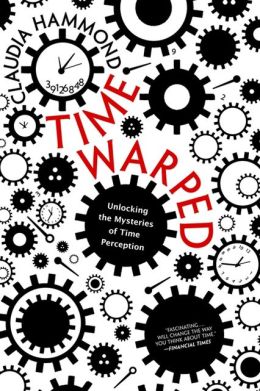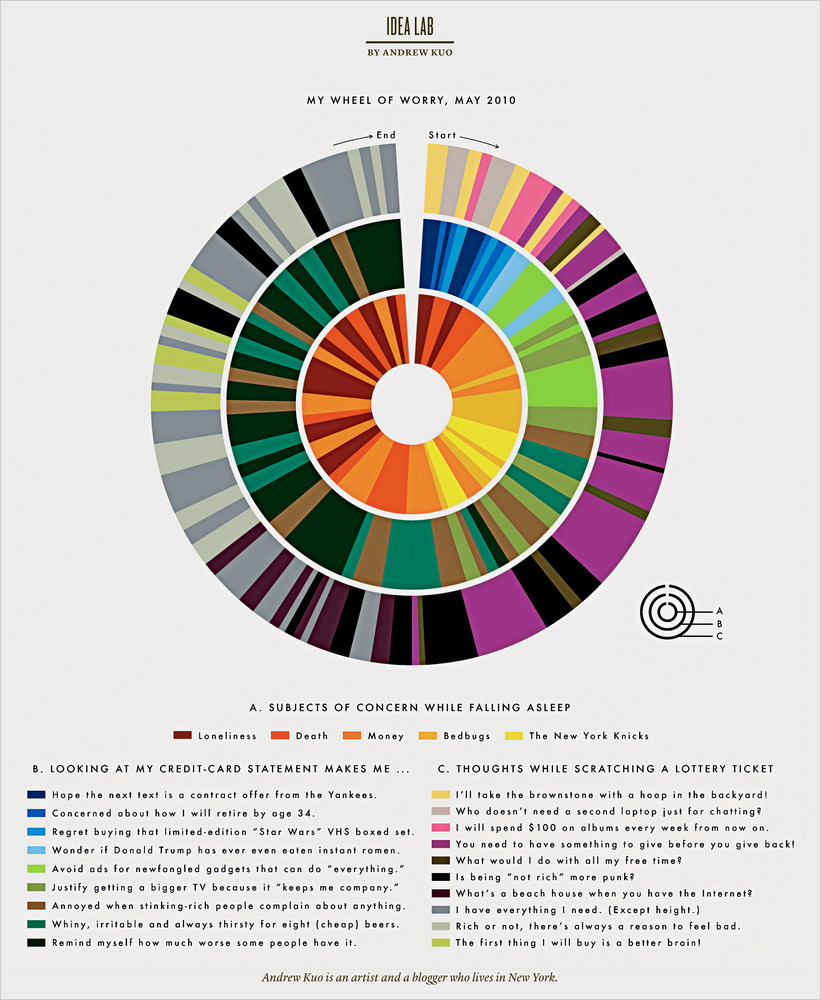





Perhaps my favorite place I’ve been. But don’t just randomly climb onto rocks in the water- sea urchins.






Perhaps my favorite place I’ve been. But don’t just randomly climb onto rocks in the water- sea urchins.
Ever since his cat and his daughter met, Russian photographer Andy Prokh has had a pet project; this sweet photo series of Lilu Blue Royal Lada and Katherine; two beautiful Best Friends Furevers.
“I like to take photos of them because I love them both.” -Andy Prokh


















Via 123 Inspiration

Now that New York State has announced results from its more rigorous, Common Core-aligned tests in math and reading, the focus has largely been on the precipitous drop in proficiency rates. More pointedly, the focus has been on who can be blamed for the drop.
I doubt I’m the only person who finds this whole exercise disheartening. This is a moment when New York is finally getting something right that has been wrong for quite a long time, and instead of supporting the leaders who made tough calls, we are forced to listen to relentless political attacks claiming a disaster.
Let’s keep a few points in mind before we dive into the muck.
Moments like these matter. The new results hold a great deal of information that can help schools and teachers shape instruction in the new school year. New York now has a more accurate picture of student performance. We have a long way to go. But instead of rushing to the battlements, we should be applauding the state’s work and figuring out how the next iteration can be smarter and more productive.
View the article on tntp.org »
|
synapsecracklepop
shared this story
from |
|
| I think it probably frightened everybody. |

Patented in 1884, John Nelson’s “device for frightening rats and mice” is the lowest of low tech:
The said invention consists in printing the figure of a cat on cardboard having several coats of illuminating paint arranged so that the figure will shine in the dark; and, furthermore, in perfuming said figure with peppermint, which is obnoxious to rats and mice, and thus the device will have the effect to drive away these rodents.
For all I know it worked. If not, users could escalate to this solution, patented two years earlier.
Two surprisingly simple yet effective techniques for ameliorating anxiety.
 “We must gain victory, not by assaulting the walls, but by accepting them,” wrote James Gordon Gilkey in his 1934 guide to how not to worry. “Don’t worry about popular opinion … Don’t worry about the past. Don’t worry about the future. … Don’t worry about anybody getting ahead of you,” F. Scott Fitzgerald advised his young daughter. And yet we do worry — we worry about money, we worry about whether our art is good enough, we worry that we’re all alone in the world, we worry about almost everything. For Kierkegaard, anxiety was the hallmark of the creative mind, but for most of us mere mortals, worries are more of a crippling than a crutch.
“We must gain victory, not by assaulting the walls, but by accepting them,” wrote James Gordon Gilkey in his 1934 guide to how not to worry. “Don’t worry about popular opinion … Don’t worry about the past. Don’t worry about the future. … Don’t worry about anybody getting ahead of you,” F. Scott Fitzgerald advised his young daughter. And yet we do worry — we worry about money, we worry about whether our art is good enough, we worry that we’re all alone in the world, we worry about almost everything. For Kierkegaard, anxiety was the hallmark of the creative mind, but for most of us mere mortals, worries are more of a crippling than a crutch.
In Time Warped: Unlocking the Mysteries of Time Perception (public library) — which also gave us this fascinating explanation of why time slows down when we’re afraid, speeds up as we age, and gets warped when we’re on vacation — BBC’s Claudia Hammond explores the psychology of mitigating our worries:
Ad Kerkhof is a Dutch clinical psychologist who has worked in the field of suicide prevention for 30 years. He has observed that before attempting suicide people often experience a period of extreme rumination about the future. They sometimes reported that these obsessive thoughts had become so overwhelming that they felt death was the only way to escape. Kerkhof has developed techniques which help suicidal people to reduce this rumination and is now applying the same methods to people who worry on a more everyday basis. He has found that people worry about one topic more than any other — the future, often believing that the more hours they spend contemplating it, the more likely they are to find a solution to their problems. But this isn’t the case. His techniques come from cognitive behavioral therapy and may sound remarkably straightforward, but they are all backed up by trials.

'My Wheel of Worry' by Andrew Kuo, depicting his inner worries, arguments, counterarguments, and obsessions in the form of charts and graphs.
Click for details.
Hammond makes appreciative note of the fact that Kerkhof “does not make grand claims for his methods.” Rather, he offers the open disclaimer that his techniques won’t forever banish any and all worrying — but they do offer a promising way to cut down the time we spend worrying. Hammond offers a practical exercise based on the technique:
If you find yourself awake in the middle of night worrying, with thoughts whirling round repeatedly in your head, he has several strategies you can try. This is where imagery comes in useful again. Imagine there’s a box under your bed. This is your worry box. As soon as you spot thoughts that are worries, imagine taking those individual worries, putting them into the box and closing the lid. They are then to remain in the box under the bed until you decide to get them out again. If the worries recur, remind yourself that they are in the box and won’t be attended to until later on. An alternative is to choose a colour and then picture a cloud of that color. Put your worries into the cloud and let it swirl backwards and forwards above your head. Then watch it slowly float up and away, taking the worrying thoughts with it.
For those apt to dismiss this as Pollyanna psycho-blabber, Hammond points out that there is strong empirical evidence supporting Kerkhof’s theories and offers another of his techniques for those who find themselves too skeptical to try the abstract imagery exercise:
Set aside a time for worrying. Your worries relate to real and practical problems in your life, so you cannot rid yourself of them altogether, but you can learn to control when you think about them. Fyodor Dostoyevsky famously commanded his brother not to think of a white bear, and we know from the experiment on thought suppression which followed that, given that instruction, you can think of nothing but a white bear. … Likewise, telling people not to think of their worries isn’t going to work. Instead Kerkhof recommends the opposite. Set aside 15 minutes in the morning and 15 minutes in the evening to do nothing but worry about the future. Sit at a table, make a list of all your problems and then think about them. But as soon as the time is up you must stop worrying, and whenever those worries come back into your head remind yourself that you can’t contemplate them again until your next worry time. You have given yourself permission to postpone your worrying until the time of your choice. Remarkably, it can work. It puts you in control.
Time Warped is fantastic in its entirety. Pair it with Philippa Perry’s indispensable How to Stay Sane.
Donating = Loving
Bringing you (ad-free) Brain Pickings takes hundreds of hours each month. If you find any joy and stimulation here, please consider becoming a Supporting Member with a recurring monthly donation of your choosing, between a cup of tea and a good dinner:
You can also become a one-time patron with a single donation in any amount:
Brain Pickings takes 450+ hours a month to curate and edit across the different platforms, and remains banner-free. If it brings you any joy and inspiration, please consider a modest donation – it lets me know I'm doing something right.
